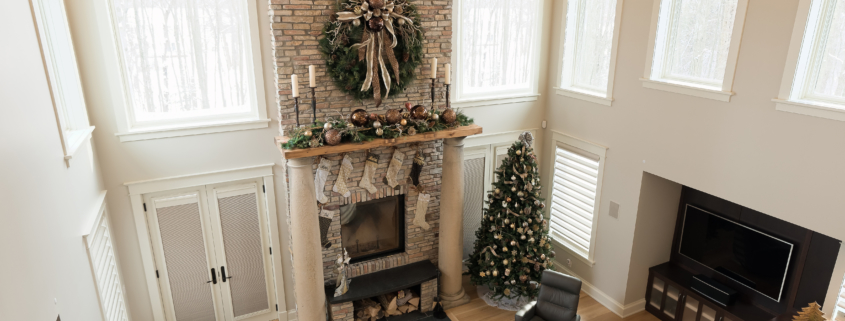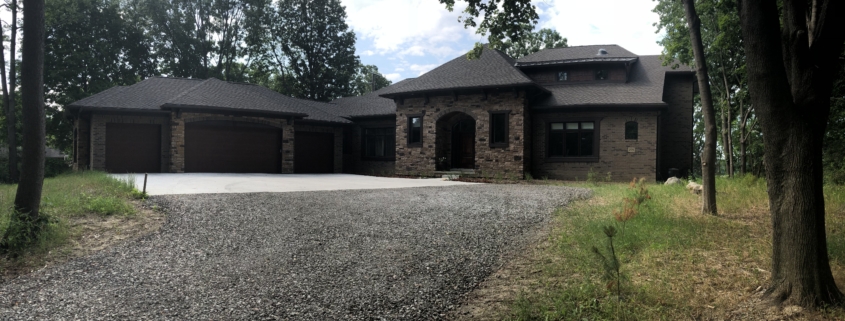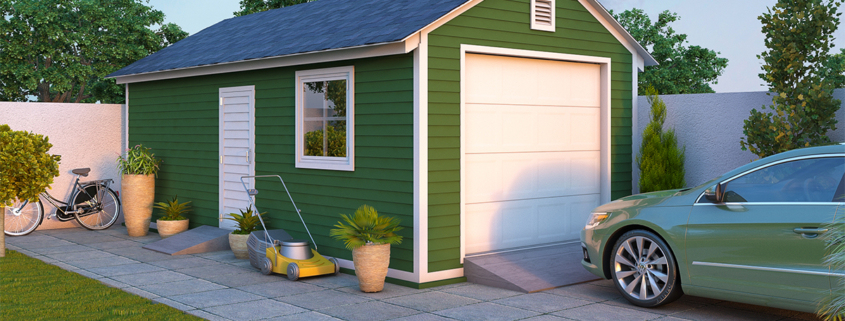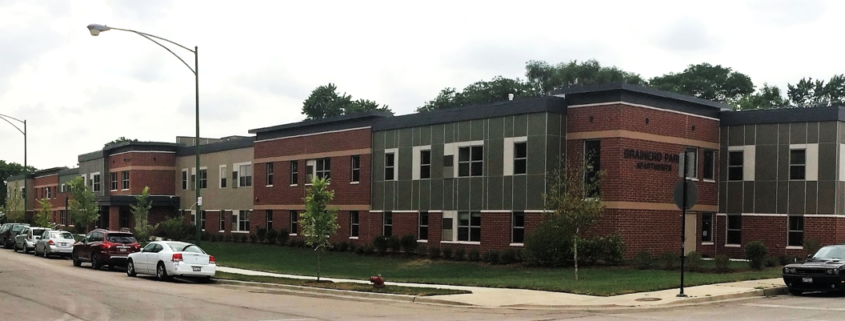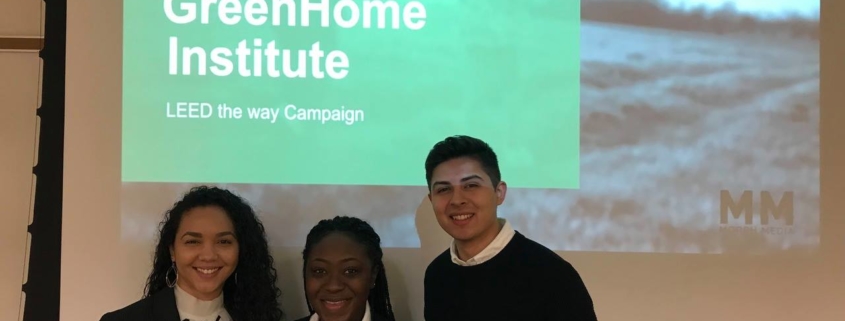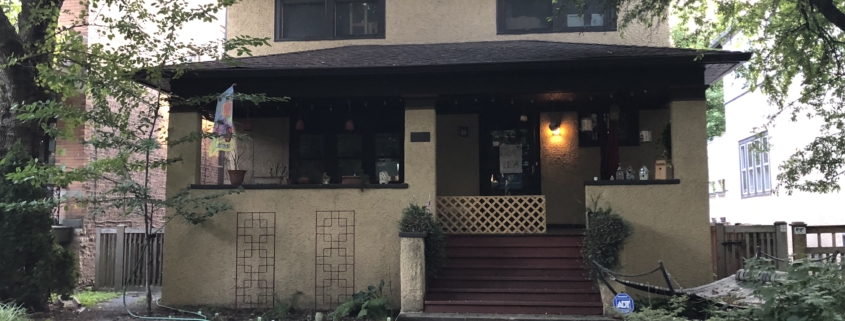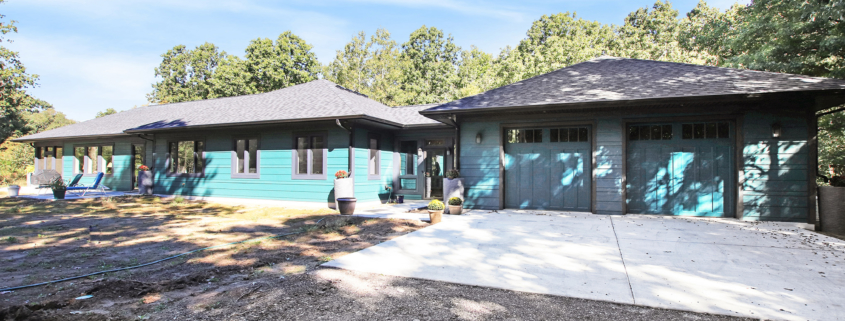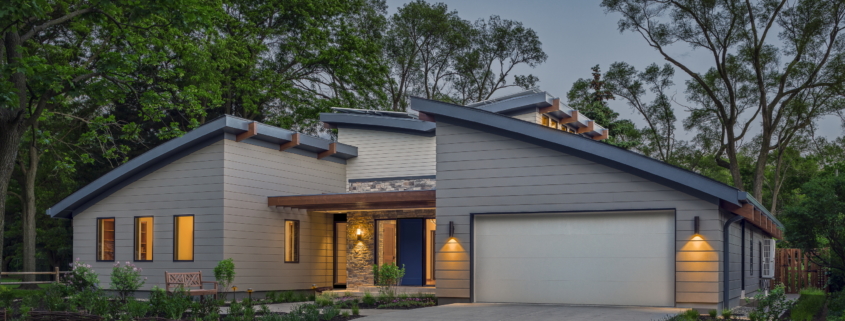Prokopp Residence – LEED Silver – Lake Angelus, MI
/0 Comments/in Local, -local, Certified Homes, Certified LEED, Green Home Institute, LEED Silver, Michigan, Project Profile/by Brett LittleFirst ever certified GreenStar Homes Multifamily improves occupant health
/0 Comments/in Local, -local, Certified LEED, Green Home Institute, GS Bronze, Gut Rehab, Illinois, Multi-Family Projects, Project Profile, Project Type, Remodel/by Brett LittleBuilding a Sustainable Garden Shed | Jessica Bliss of shedplans.org
/0 Comments/in Green Home Institute/by Brett LittleThere is often a misunderstanding that building a “green” or “environmentally-friendly” shed is the same as building a sustainable one. While closely related, there are distinct differences between the two. Building an environmentally-friendly structure involves using means that will not hurt the environment. However, building sustainably has even higher standards and is not only about not harming the environment but protecting it for years to come. This means a product or method might be “green” but it may not be sustainable if it takes a lot of resources to manufacture, releases pollutants into the environment, or there isn’t a viable way to dispose of it.
Benefits of a Sustainable Outdoor Storage Building
Utilizing this method isn’t just beneficial to the environment, it also advantageous to your pocketbook. Benefits of sustainable building include:
- Minimal operating costs
- Reduced carbon footprint
- Potential tax incentives
- Production of less waste
Constructing a sustainable garden shed is easier than you might think. This is your guide to building a garden shed with minimal impact on the environment.
Let Your Shed Do the Work
There are features you can incorporate that will allow your shed to self-regulate its temperature by keeping the heat in during the cold winter months and keeping the cool in during the hot summer months.
- Insulation – Make sure you use plenty of insulation in your storage building. It may come as a surprise, but many structures lack adequate amounts of insulation. Insulation made from sheep’s wool, cork, cellulose, and types of fabric such as denim is made with minimal manufacturing which makes them great sustainable options as opposed to your traditional fiberglass insulation. A little-known fact is that adequate insulation can also improve the acoustics of your shed.
- Thermal Mass – Optimize the thermal mass of a building, which is the ability of the exterior of your shed to absorb and store heat energy to combat external heat fluctuations. Concrete, brick, tile, and masonry are excellent options to choose for the exterior of your outdoor storage building.
- Ventilation – Adequate ventilation is important when your shed is well-insulated and air-tight to circulate fresh air and control the level of moisture in the shed. Poor ventilation can also be a potential health hazard. There are two main types of ventilation that you can incorporate into the design of your shed. Passive ventilation is openings near that roof that are typically screened to allow air to pass through. Wind ventilation uses the power of the wind to force fresh air through your structure.
Reduce the Need for Artificial Light
Maximizing natural light is a key part of building a sustainable outdoor storage building. Incorporating skylights, sun tunnels, and adequate windows throughout the building will reduce the amount of artificial light needed and thus reducing your energy bill and carbon footprint.
Tip: Make sure to use only energy-efficient products, such as double and triple pane windows, and make sure installation is airtight. Otherwise, your efforts will be counter-productive, and you will end up losing heat through the fixtures.
Alternative Forms of Energy
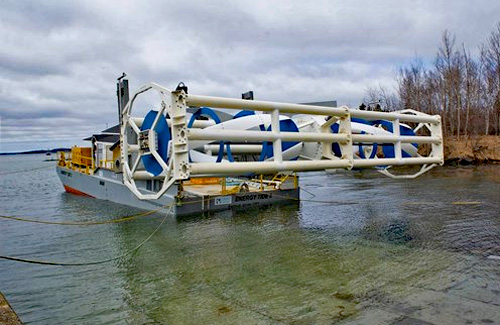
A beta hydrokinetic generator to be installed near Eastport, ME—location of some of the largest tides in the U.S. Photo Credit: Ocean Renewable Power Company | WBDG
The use of solar energy or wind energy as alternate forms of energy to run your shed compared to traditional electricity reduce operating costs. These are excellent methods that require minimal resources and do not emit pollution into the environment.
How to Select Sustainable Materials
Incorporating these types of features is only part of building a sustainable shed. The second part is making sure to choose materials that meet the requirements. Here’s what you should look for when purchasing construction materials for your outdoor storage building:
- Choose items that require minimal processing, manufacturing, and shipping. All three of these require resources. The more that is involved in producing and delivering the product to its end location, the larger the carbon footprint.
- Look for products made with recycled materials. Repurposed materials mean fewer resources were needed to make the product and materials were used that would have otherwise ended up in landfills.
- Have an eye towards durability. Durable products will last longer, which means they won’t end up filling up landfills in a few years. Long-lasting products emit less pollution, ultimately save resources, and reduce your carbon footprint.
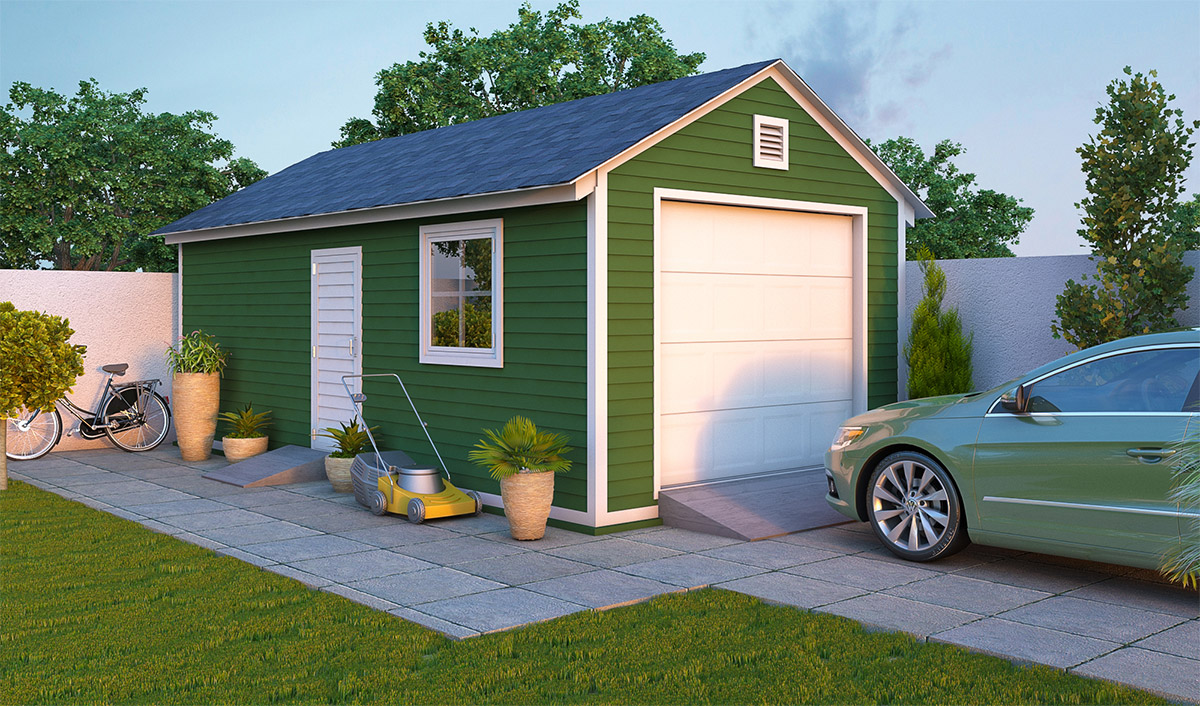
Photo Credit: Shedplans.org
The Bottom Line
Sustainability is about taking advantage of what mother nature has already provided and caring for our resources so that generations to come have a healthy world to live in. Constructing a sustainable shed is easy to do with a little planning from the start. Get started on your own backyard garden shed by browsing FREE shed plans at shedplans.org.
Author: Jessica Bliss
Come See the GHI Executive Director, Brett Little, Speak at the Net Zero Build Summit in Novi, Michigan on March 24-25, 2020
/0 Comments/in Local, Education and Events, Green Communities, Green Home Institute, Michigan, michigan--local, Net Zero/by Brett LittleDue to COVID-19, this event is postponed and will be hosted on August 25-26, 2020. 
Brainerd Park Apartments – LEED Gold + 100% Affordable
/0 Comments/in -local, Certified Homes, Certified LEED, Green Home Institute, Illinois, LEED Gold/by Brett LittleWe are hiring a Education and Marketing Manager – Apply now
/0 Comments/in Green Home Institute/by Brett LittleGreenHome Institute (GHI) is a non-profit organization that works to empower people to make healthier and more sustainable choices in the renovation and construction of the place we live.
GHI is looking for a highly motivated individual that is able to self-manage. This is a remote position with no office location. About 30% of the job will require travel in the West Michigan area and to some degree the midwest at large.
Primary & Essential Responsibilities
Webinars and online meetings.
- Setup and manage weekly webinars
- Invite attendees to webinars and answer questions
- Ensure Continuing Education Units (CEU’s) certificates are delivered
- Review feedback on the webinar surveys and plan way for improvement
- Search for potential professional speakers, Invite and facilitate webinar speakers (architects, builders, consultants, HVAC specialist, partner organizations etc.)
- Ensure sponsors are represented
- Create learning quizzes based on webinar content
- Ensure webinars are posted online and set up as on-demand videos.
- Manage event marketing and social media
- Website management and maintained
- Manage GHI newsletter
In-person events
- Represent GHI at events, including public speaking with Executive Director (green drinks education series, certification trainings etc.)
- Manage all elements of meeting/event planning and logistics to meet business, client, customer satisfaction and learning objectives.
- Find specialist and experts that meet the mission of GHI to participate in events and oversee contracts with the experts (architects, builders, consultants, HVAC specialist, partner organizations etc.)
- Manage event marking and social media
- Distribute event CEU’s to attendees
- Provide the necessary event updates and information to stakeholders.
- Coordinate with the Executive Director to execute education programs and special events that support GHI’s mission and organizational strategy, business development and outreach.
- Develop and manage event budgets and simple project budgets. Budget management includes estimating and revising staff hours, facility, speaker and other expenses; estimating and revising sponsor, exhibitor and registration fee revenue; and forecasting.
- Ensure the necessary displays and materials are planned for and present at events.
- Assist with the creation and design of outreach materials
Other
- Assist ED in bringing on new members and sponsors
- Assist ED in getting projects through green certification programs
- Assist ED with grant applications
- These responsibilities are not all inclusive and other duties may be assigned.
Position Requirements
- Have 1-2 years of experience in the marketing and communication field
- Excellent verbal and written communication skills; public speaking experience
-
- Conduct analysis of event effectiveness
- Handle multiple marketing events and projects simultaneously
- Ensure critical deadlines are met
- Conduct presentations for a variety of audiences
Bonus for:
- Being located in West Michigan
- Being familiar with following programs; Gotomeeting / gotowebinar, WordPress, dropbox, Doodle, Google streak, Gmail, joinit, Basecamp, Eventbrite and Mailchimp
- Holding one of the following credentials LEED Green Associates, LEED AP, Passive House Consultant, Living Building Challenge ambassador,
- Have experience in photography, video production, graphic editing or design
- Experience with multiple forms of social media
- Experience with writing grants
Hours:
40 hours a week
Pay:
Starting at $35,000
Pay will progress as milestones are reached as more tasks are offloaded from the ED to you.
Benefits may be available with trade-offs in pay
GreenHome Institute is an equal employment opportunity employer. All qualified applicants will receive consideration for employment without regard to race, color, religion, gender, national origin, disability status, protected veteran status or any other characteristic protected by law.
Doyle Residence LEED Gold All-Electric Solar Rehab
/0 Comments/in Local, Certified Homes, Certified LEED, Green Home Institute, Illinois, LEED Gold/by Brett LittlePrickly Pear Sanctuary goes GreenStar Platinum
/0 Comments/in Green Home Institute, GreenStar, GS Platinum, Net Zero, Zero Energy Capable/by Brett LittlePearl Residence Achieves LEED Platinum
/0 Comments/in Local, Certified Homes, Certified LEED, Green Home Institute, Illinois, LEED Credits, LEED Platinum, Platinum, Project Profile, Single-Family Projects/by Brett LittleMenu
GreenHome Institute
GreenHome Institute
ATTN José Reyna
1451 Lake Drive SE, #6484
Grand Rapids, MI 49516
Tel: (616) 458-6733
Email: info@greenhomeinstitute.org
About Us
Recent Posts
- April 2024 GreenHome and Sustainability Jobs Round-Up.
- Protected: Public comment on Inflation Reduction Act Home Rebates opening in MI and beyond
- Shawn Neinhouse completed Certified GreenHome Professional Training
- Please take this MSU Student’s Mass Timber Survey
- Clean Energy Credit Union Clean Energy For All Reduces Barriers

